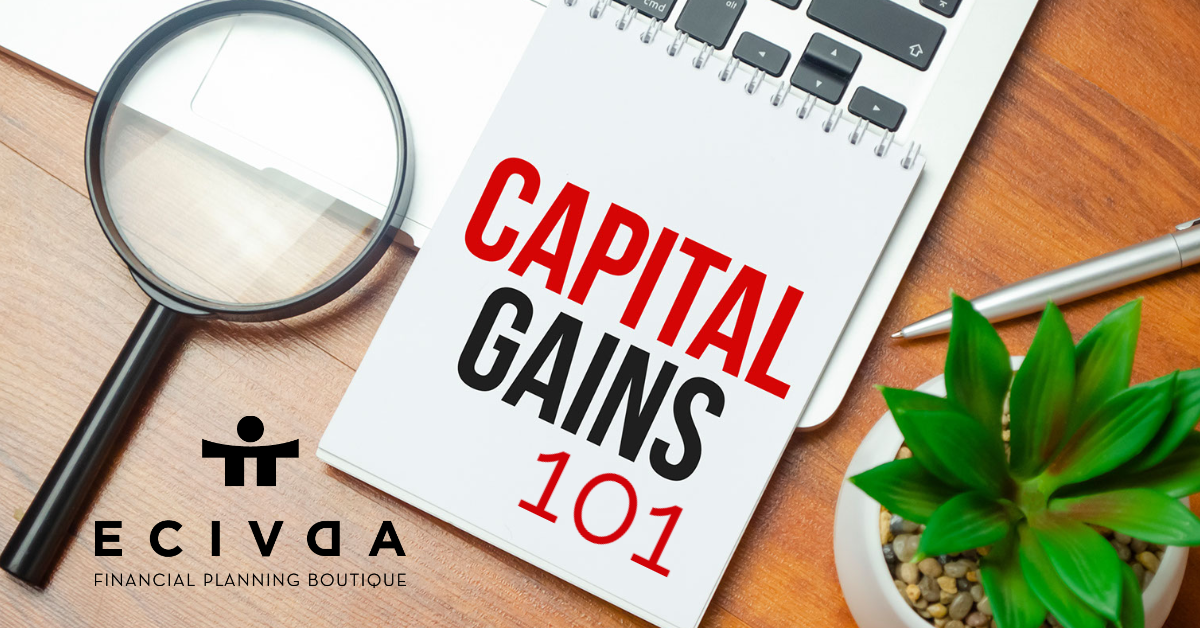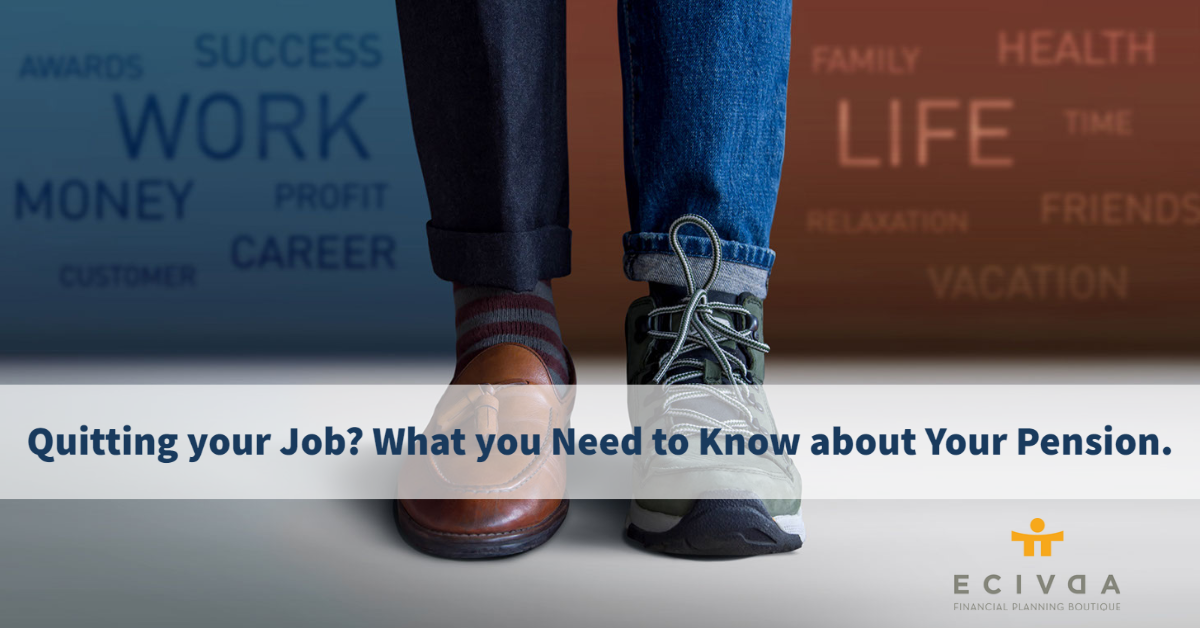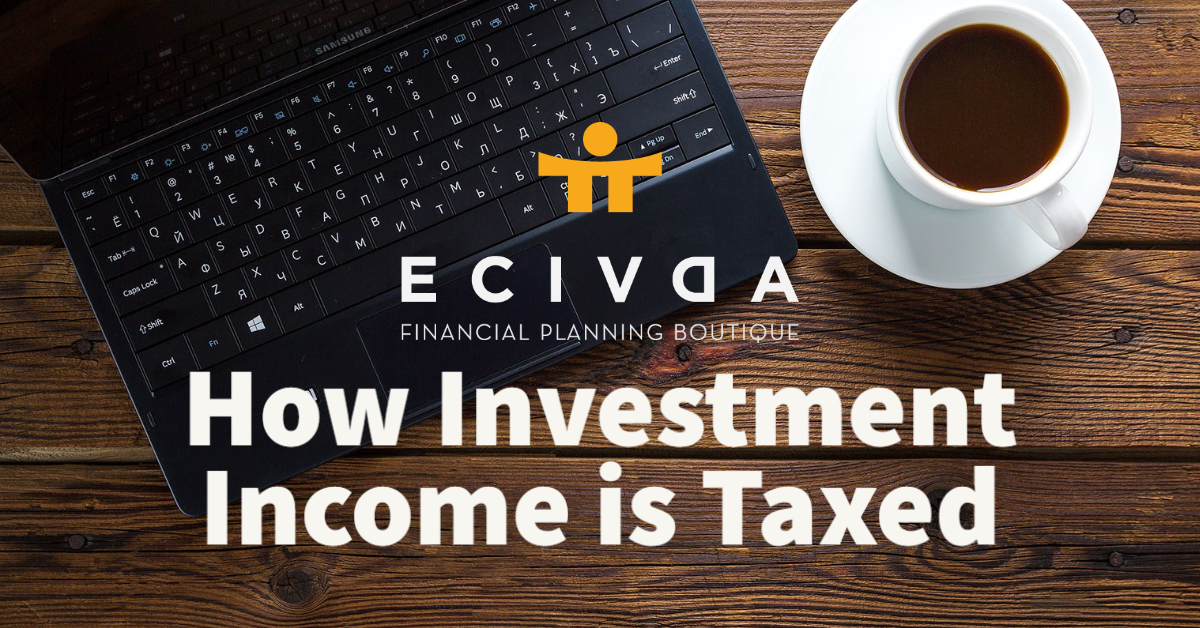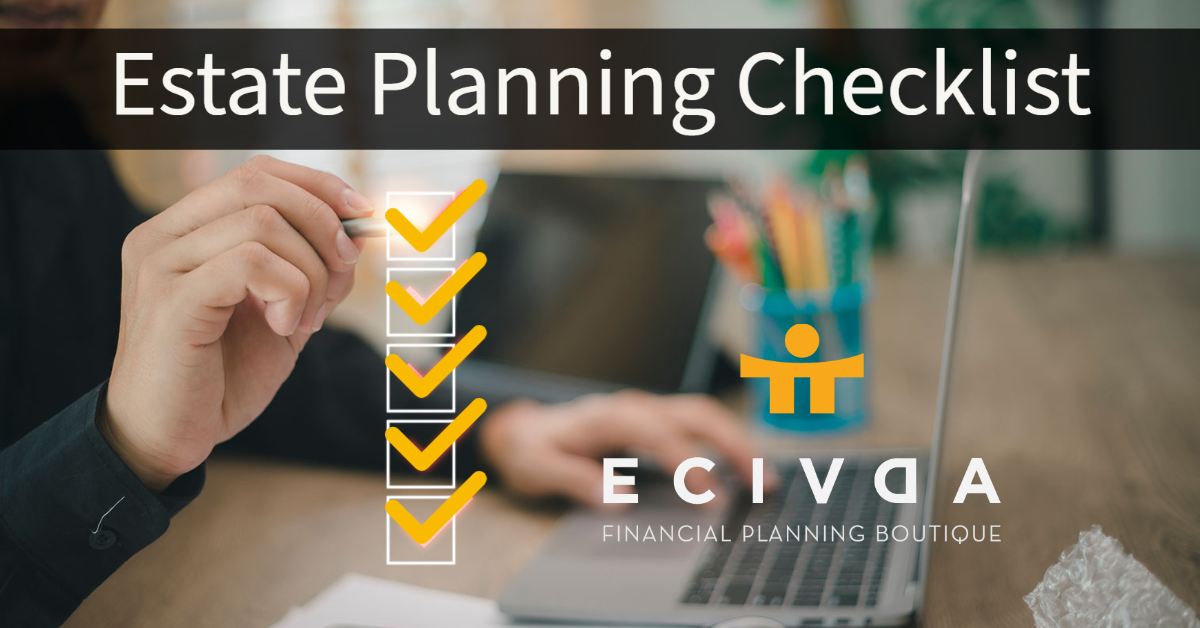The view about high-net-worth people is they probably have too much and don’t bother about taxes. This couldn’t be farther from the truth. HNW people are just like everyday people. They bleed cash like every other regular Canadian. High net worth people are also entitled to tax benefits on their money just like every other Canadian. As a high-net-worth individual who moves financial assets from one place to the other, it is important to maximize whatever tax benefit is available to you to save funds. In this article, we will discuss key tax matters and best practices that you must be wary of when dealing with friends and family. These three matters include: property gifts, having a secondary residence, and personal loans to friends and families.
1. Tax Implications of Real Estate Property Gifts
Real estate is becoming increasingly expensive in Canada. If you have the privilege of owning some real estate properties and thinking of gifting them to your loved ones, there are things you must consider.
Capital Gains Attribution – This is one thing you should be wary of when gifting a real estate property in Canada. For a better understanding, let us look at this example: If you gift a property to your spouse and they decide to sell to a third party, any capital gain or loss on the value of the property will be charged back to you. In other words, any profit or loss made on a property you gifted to your loved one will be attributed as yours and taxed accordingly. This is known as Tax-free rollover. It is an automatic tax charge on income from a property gifted to a spouse. To avoid this, you must apply to opt-out of the automatic tax-free rollover. When you apply, it means that you will have to report any accrued gains on the property and your spouse will also report any future gains on the property. The exception to this is when the property is gifted to a minor. You are not allowed to opt-out when you gift the property to a minor.
Income Attribution – Income attribution in Canada has to do with income from real estate properties. This occurs especially when you gift a property to your underaged family member. It could be your child, or a nephew or niece. If the child is under 18, any income on the property will accrue to you and will be taxed. This means that you will carry the tax burden of the income on the property gifted until such minor clocks 18 years of age. The income referred to in this type of attribution means rental income. It is different from capital gains attribution. Income attribution also applies to spousal gifting of property or a common-law spouse. Any income accrued on the property will accrue to you and will be taxed accordingly. In all of this, it does not matter if you spend out of the profit or not; if it is a gift coming from you to your spouse or an underaged loved one and it will be assumed that the income is going to you.
Double Taxation on Transfer of Real Estate Property – Double taxation on real estate property gifts may occur when you transfer your property to a family member for less than the fair market value of such property. For a better understanding, let us use an example where you sell a real estate property to your son at a value of $20,000 as against the fair market value which is $350,000. In this type of situation, it will be deemed that you made a proceed of $350,000 on the property. Your capital gains, in this case, will be $320,000 ($350,000 – $20,000). Half of the $320,000 will be subject to tax. If your son goes ahead to sell the property for the fair market value of $350,000, you will be taxed on this sale again. This then amounts to double taxation. Another example of when double taxation can occur is when you sell your property to a loved one at a value more than the fair market value. For example, if the property is valued at $300,000 and you sell it to your sister at $350,000, it will be deemed that you made a proceed of $350,000 on the property and taxed accordingly, but it will be deemed that the property cost your sister $300,000. If your sister decides to sell the property in future, you will be taxed again. Fortunately, there is a way out. The reason for the double taxation in the scenarios painted above is that the property was sold for a value. However, if you transfer the property for no consideration at all, it will be deemed that it was sold at a fair market value. The beneficiary will have a fair market cost base which will allow you to avoid double taxation.
What Are Your Alternatives? With all the taxes mentioned above, it is advisable that real estate properties should not be transferred for a lower amount from the fair market value. But if you want to transfer your property to your loved ones without any consideration to find a way around Capital gains attribution and income attribution, you can consider any of the following:
- You can gift your loved one the cash they need to acquire the money at a fair market value. That way, you will not be taxed on capital gains or income from the property.
- The other option you have is to lend your loved one the money required to purchase the property at a fair market value. However, you must ensure that they pay a prescribed interest rate on the loan. – The full loan must be repaid on or before the 30th of January the following year and it must include the interest income in your tax return.
2. Best Practice Personal Loans to Friends & Family
Being a high-net-worth individual may mean that people come to you from time to time to get loans. It is a privilege to be able to help others, but you must ensure you do it with your eyes wide open so as not to regret it later. For one, the reason most people turn to private loans from friends and family is that banks have rejected them, and they believe they will get flexible terms. This makes lending money to friends and family a risky venture.
Here are some best practices to guide you on what you need to protect yourself:
Choose Wisely – People have different reasons for needing a loan without a thought as to how they will repay the loan. Some reasons are more worth it than others. Therefore, it is important to know the reason for the loan before giving it. The reason for the loan will probably tell you what you need to know about the person. They may be your friends and family but it is your money, and the final decision is yours. Here are some genuine reasons you can consider lending money:
- A start-up business or an existing one. Investing in a business could yield returns afterwards.
- Down payment for a new home. You can consider helping in this regard.
- Medical needs. This is another genuine reason for which you can lend money.
- Divorce and legal problems are also genuine reasons someone may want to borrow money.
- If the person just relocated, you could consider lending him/her some money.
It is also important that every detail of the loan should be discussed. Being a friend or family is not enough. There should be a repayment plan and an agreed interest rate. All these terms should be clear and should be in writing if possible or there should be a witness to the discussion.
Have A Plan – It is important to have a plan with the person you are lending money to. Some of the things to be discussed include:
The Type of Credit Arrangement – It is very important to be clear whether it is a loan, or you are co-signing on a loan already borrowed. Both are risky but co-signing may be riskier because you are placing liability on yourself to repay if the person defaults. This may affect your credit score. Meanwhile, a loan coming from you bears a lighter risk because if the person does not pay it back, you must be prepared for that eventuality. Be clear on the difference and make sure you make the best decision.
Be Clear on Interest Rate – This is a tricky subject for friends and family who want to enter into a loan agreement. On the one hand, you as a lender will want to make sure you give a favourable interest rate, especially with the risk involved. The borrower, on the other hand will be expectant that you give an interest rate that will be favourable to him or no interest rate at all, considering the relationship between you two. Whatever the case may be, it is important that you are clear on this condition. You can give a lower interest rate than banks but high enough to ensure you make money from the transaction rather than your money just lying in the bank.
Get It Documented – This is an important step that could make or mar your relationship with the borrower. Money can be a tricky issue which can give room for recriminations. To avoid this, it is important to get everything discussed, especially the terms agreed upon by both parties’ documents. The amount, interest rate, repayment dates, and the penalty for late repayment. There are free online resources that provide templates you can use for the contract to be signed by both parties. This makes them facts and legally binding on both parties regardless of the relationship between you two.
Payment Arrangement – The payment agreement is an important part of the contract. It is important to agree on when and how the loan will be paid. All these should be written in clear terms in the contract drawn up. Loaning money to family and friends can be tricky. It is important to adhere to the tips mentioned to preserve your relationship with the person.
3. Tax Implications for Secondary Residences
It is not uncommon for high-net-worth individuals to have an additional shelter as part of their assets. it could be a vacation home or an investment. The fact remains that it is your asset and will be referred to as a secondary residence. Usually, a residence that is being habited is regarded as a primary residence. The CRA requires that you report a sale of your primary residence to qualify for the Principal Residence Exemption (PRE). The CRA will analyze your data before granting you a PRE. Details that are assessed include the duration you have been living in the said residence, your real estate investments, and your sources of income. All of these will help them determine if the building is truly your primary place of residence. This exemption does not apply to your secondary residence.
To save yourself some cash on taxes, if you have a secondary residence and you have a spouse or a common-law partner, you can designate the secondary residence to your spouse for all the years you own and use it as a primary residence which qualifies it for capital gains tax exemption when it is sold. Fortunately, the Canada Revenue Agency (CRA) does not prescribe how long you must live in a house for it to become your primary residence. It only says that you must habit the residence for a short period which makes it open to interpretation. Residences outside Canada can also be designated as a primary residence if the designate has inhabited the home in the year in which the PRE is being applied for. If you fail to take advantage of this, your secondary residence will be subject to capital gains tax for the years it was not designated to an inhabitant.
When designating, there are exceptions you need to take note of. The first is that only one property per year and per family can be designated as a primary residence. A family member in this context means your spouse or common-law partner and your children that are under 18. Another exception is that any residence that is above 1.2 acres in size will not qualify for PRE except if you are able to prove that the excess land is required for the use and enjoyment of the residence. This means that the excess land will be subject to capital gains tax.
For a maximum tax advantage, you should designate the residence with the highest average capital gains per year. You can also contact a tax expert for proper guidance.
Bottom Line
Although it seems like a lot to digest, that is why you have an advisor. Reach out with any questions in any of the above areas if you feel in over your head.
Book an appointment with us today! – CLICK HERE



















































